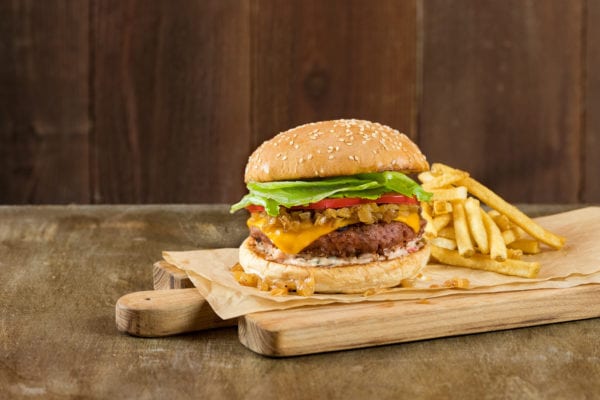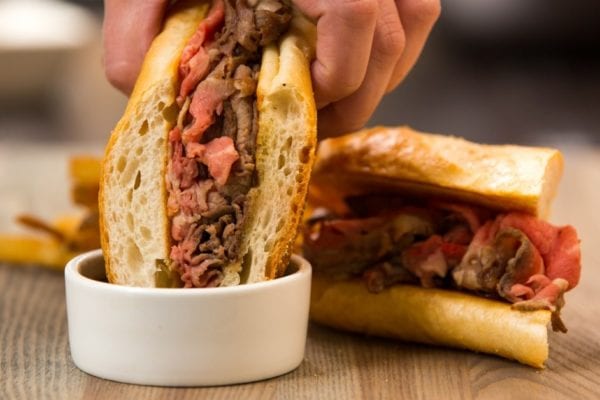Skift Take
Unagi, or freshwater eel, is an endangered species in Japan. So expect to pay a pretty penny for the delicacy.
— Danni Santana
New York has drastically increased its number of unagi-ya, or Japanese-style freshwater eel restaurants, of late—from zero to two.
Hachibei in Midtown East and Unagi in SoHo both specialize in traditional preparations of the slippery ray-finned fish. In Japan, eel is as prized as Kobe beef (and more endangered), but in New York—which is more accustomed to consuming the far less expensive anago (sea eel) in sushi—it’s relatively unknown, at least for now.
Japan is devouring the delicacy at an alarming rate. Nearly 75 percent of the world’s unagi is consumed in the country; 99 percent of that is industrially farmed from baby glass eels (anguilla Japonica). Conservationists warn that the species is overfished and could face a fate similar to that of bluefin tuna.
Under 10 tons of the baby eels were farmed in Japan in 2018, down nearly 50 percent from 2017 and close to a record low. The scarcity has driven prices to obscene levels. A single pound of the young eels can sell for more than $14,000, well above the price of bluefin tuna, which sold for a record-breaking $5,000 per pound last month at the New Tokyo Fish Market. It can cost more than $25 to raise a single eel from a juvenile, says James Prosek, author of Eels: An Exploration, from New Zealand to the Sargasso, of the World’s Most Mysterious Fish. (Harper Perennial, $16)
Unagi’s soaring price and scarcity has not stopped those eager to bring the delicacy to New York. At the 44-seat Hachibei, owner Rutsuko Koga is elevating the perception of eel in America from a sauce-slathered sushi staple to a premium cut. Prepared correctly, eel has the texture of well-cooked white fish crossed with a juicy medium-rare tenderloin beef. In fact, servers at Hachibei present the filleted unagi as if it were a prized cote-de-bouef. It’s cooked in a traditional kabayaki-style, slow-grilled until tender with a sweet, teriyaki-like soy-based sauce and served in a lacquered box atop sushi rice, with seasonal pickles. The price tag: around $60.
The restaurant gets a fresh shipment every two days from a butcher in the Aichi prefecture, where most Japanese unagi is raised. Diners can choose between two preparations, one from each side of the island nation. The East Coast version is steamed before it is grilled, resulting in a more tender fish. The West Coast option is simply grilled, which yields a firmer texture and crispier skin. Koga says her restaurant sells an average of 300 to 400 eels each week.
Unagi in SoHo is a far more intimate restaurant. The dining room has space for 16 customers and up to 300 live eels. Brothers and co-owners Samuel and Barrett Pierce have their fish shipped in live from Japan every Tuesday and store their main ingredient in plain sight. Chefs work in an open kitchen, preparing 120 eels per week, marinating the seafood in soy sauce and sugar, then grilling them over blazing binchotan.
Persuading an American audience to eat eel may take some time, even if it’s delicious (and rich in omega 3 fatty acids). Japan itself needed prodding to begin eating unagi. As legend has it, a local unagi restaurant advertisement for the Day of the Ox in the mid-1700s transmogrified the word “ox” into “eel.” Now, it’s the most popular day for such consumption. Perhaps Madison Avenue will come up with an American equivalent.
©2019 Bloomberg L.P.
This article was written by Michael Turkell from Bloomberg and was legally licensed through the NewsCred publisher network. Please direct all licensing questions to [email protected].




